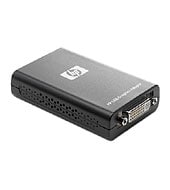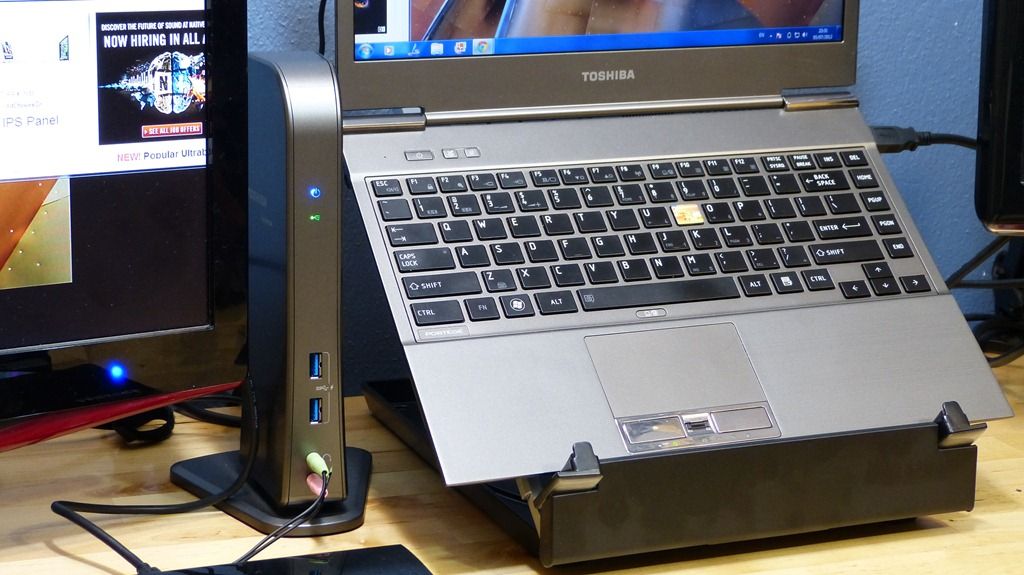- Asus Displaylink Drivers
- Displaylink Drivers Macbook
- Displaylink Drivers D6000
- Driver Displaylink
- Displaylink Drivers Fedora
DisplayLink Manager is an application for owners of products powered by DisplayLink technology. For people using DisplayLink-enabled docking stations, graphics adapters, port replicators and USB monitors, DisplayLink Manager offers a quick and easy way to access and adjust display and audio settings. The Dell Universal Dock D3000 is a USB docking station made by Displaylink and branded as a Dell. The drivers are on Dell's website and archive of drivers are below. Universal Docking Stations. Universal docking stations turn the USB port of computer into a docking station connector. A single USB cable to your computer docks your portable device to support multiple display outputs, audio, Ethernet and other USB peripherals. If the device display remains blank, then you need to install the DisplayLink driver software. Install the DisplayLink driver software. Go to DisplayLink downloads. Select your operating system. Click the download icon next to the latest driver that corresponds to your computer's operating system. Follow the prompts to finish installation. In a corporate environment, it might be desired that the Ethernet driver is not installed to prevent the Ethernet port of the dock being available and a security risk. The Ethernet driver can be uninstalled after deploying DisplayLink software by: Running pnputil to find the inf file for the driver in the Windows driver store.
Remove this page from your book
Table of Contents
DisplayLink 3.0 Devices


This HOWTO covers how to configure and install the DisplayLink driver (evdi) for USB 3.0 devices, and has been tested under Slackware 14.1 and newer. For older devices (e.g. USB 2.0), the udl driver should work with minimal configuration needed.
Asus Displaylink Drivers
/usr/lib/displaylink instead of the path /opt/displaylink which is used in the instructions belowPreparation

In order to install the evdi driver, you will need to install dkms, which can be grabbed from SlackBuilds.org using your favorite method. To install it manually:
After installing dkms, reboot your system.
Installing evdi
Grab the current DisplayLink USB Graphics Driver for Ubuntu here: http://www.displaylink.com/downloads/ubuntu.
After downloading, you'll need to extract the driver and run the installer script (adjust for the current version number and make sure to run the script as root):

The WARNING messages are simply due to Slackware not being a “supported” distribution, and should not cause issue. Likewise, you might see a warning about the lsb-release command, which can also safely be ignoring. Once complete, the evdi module should be available. Restarting once more is recommended.
Starting DisplayLinkManager
In order to manually start the evdi module and DisplayLinkManager, run the following:
Once running, you should be able to identify your new display(s) in xrandr:
Your native display (if on a laptop), will be Provider 0, with any connected monitors showing as 1, 2, etc. Assuming they are shown properly, enable them:
Replace 1 with the number of your external display(s). Once active, they should show in xrandr or your chosen display settings, and can be configured properly.
Automatically Loading on Boot

Displaylink Drivers Macbook
Since DisplayLink support is still pretty finicky, you might have to get creative with loading the module and starting DisplayLinkManager on boot. You should be able to add the following to /etc/rc.d/rc.modules.local to load evdi:
In order to start DisplayLinkManager, you can add the following to /etc/rc.d/rc.local:
From there, you'll only need to run (or script) the xrandr command to activate monitors on boot. One example is to add them to a script, like this:
Displaylink Drivers D6000
DisplayLink 2.0 Devices
For devices and docks using USB 2.0, the built-in udl module should be sufficient to enable external monitors.
Driver Displaylink
See Also
Displaylink Drivers Fedora
